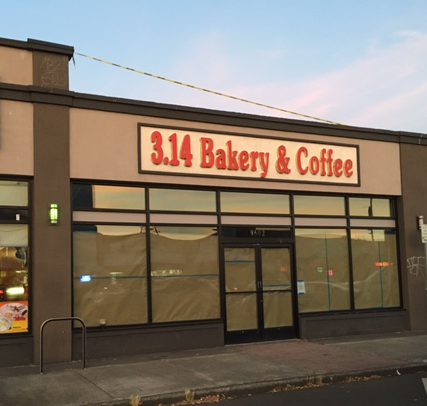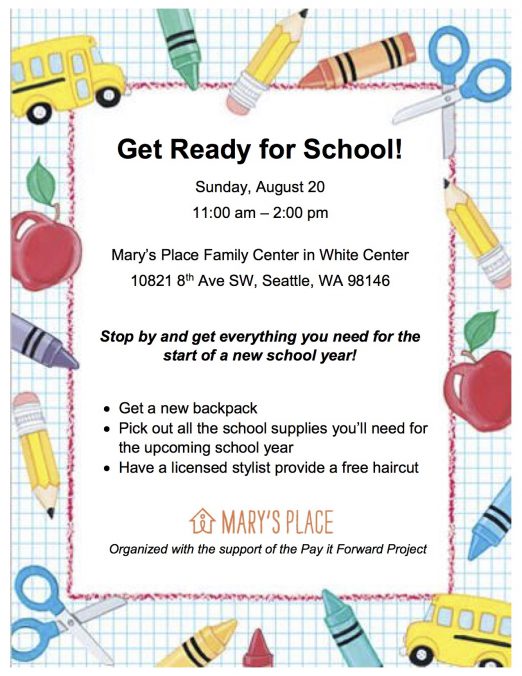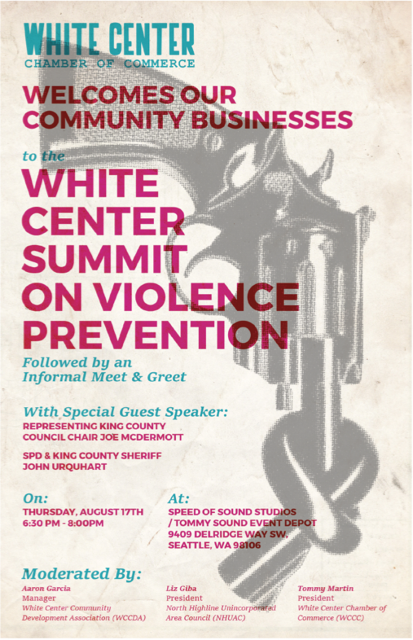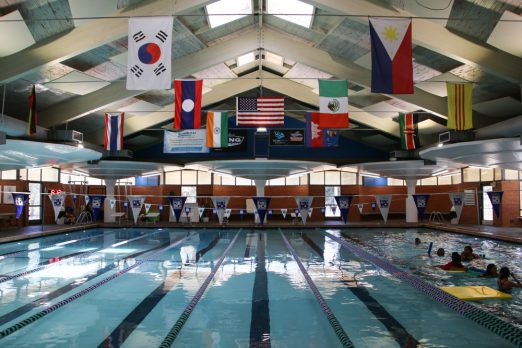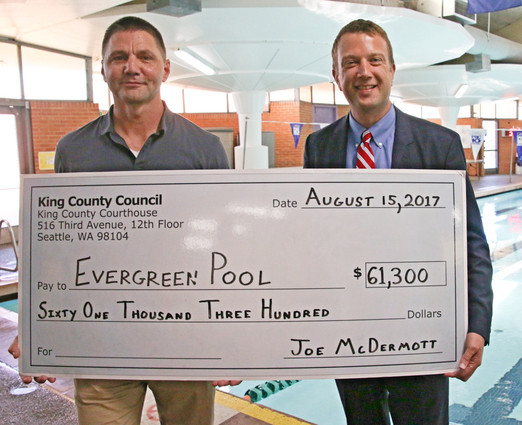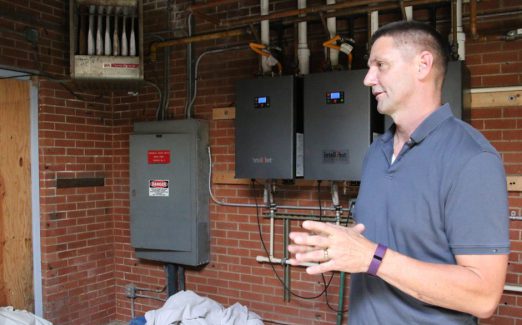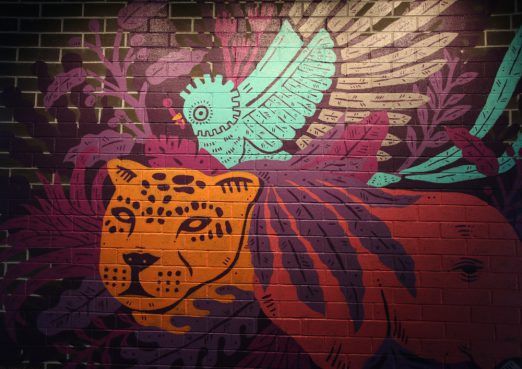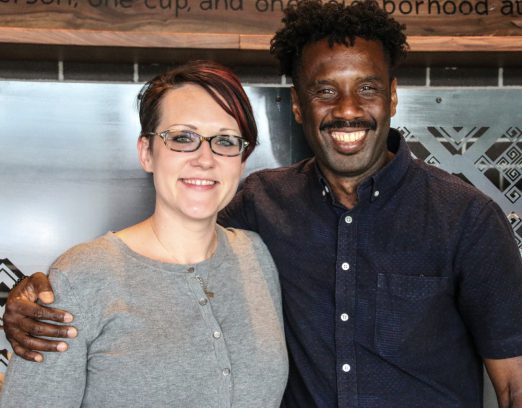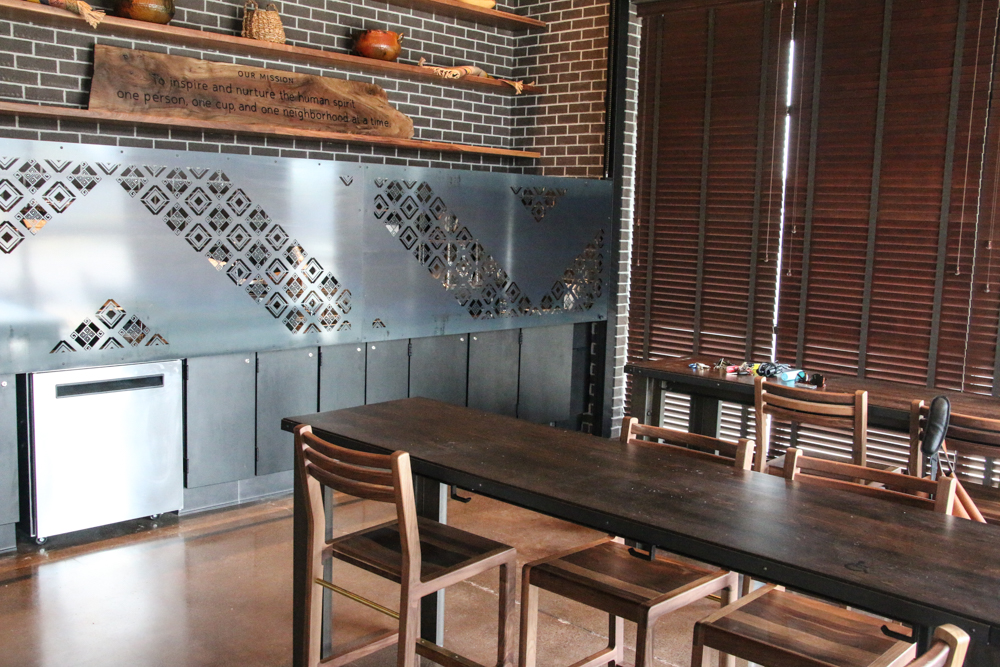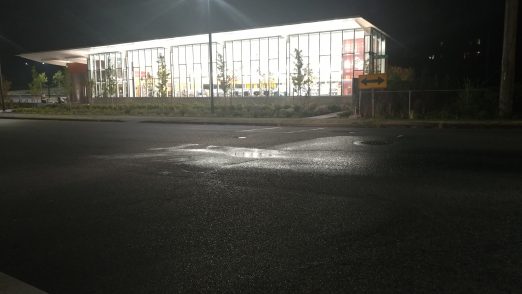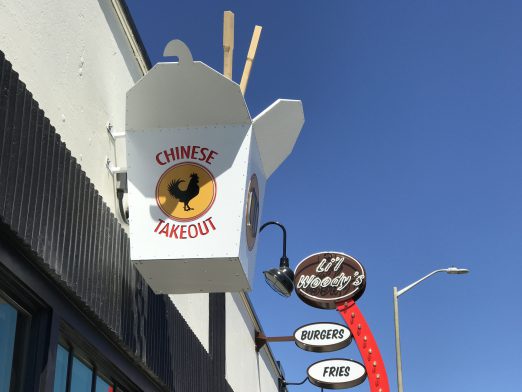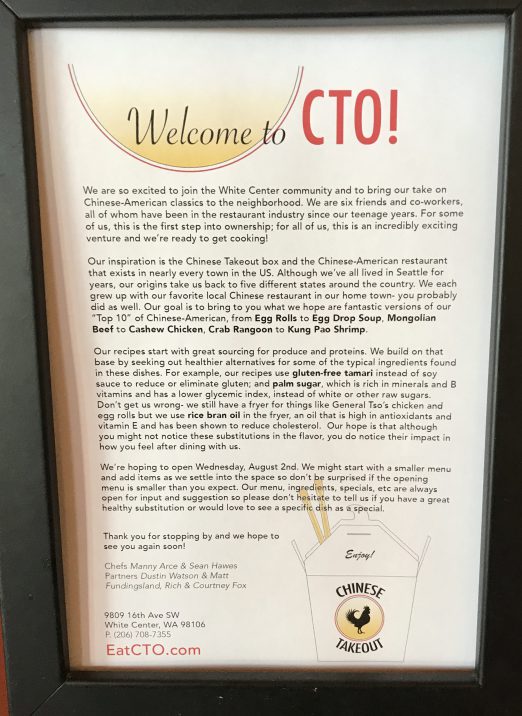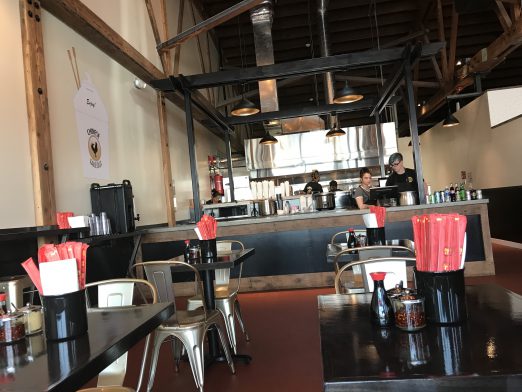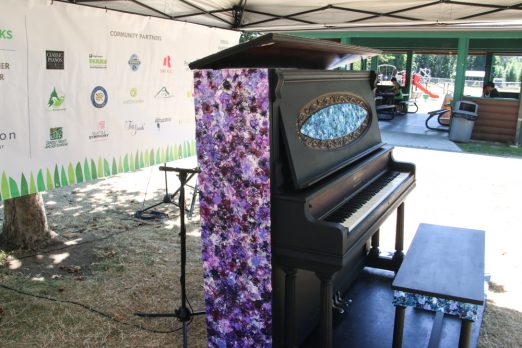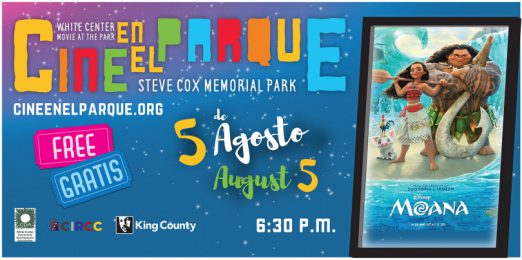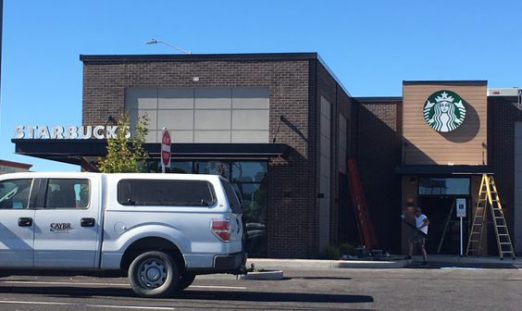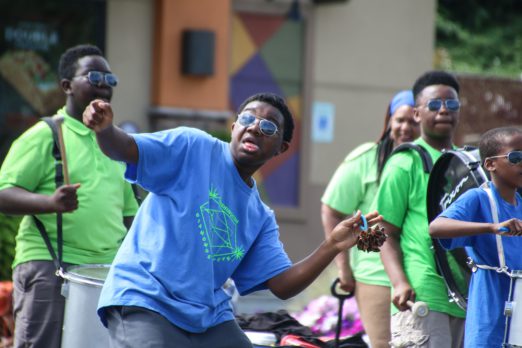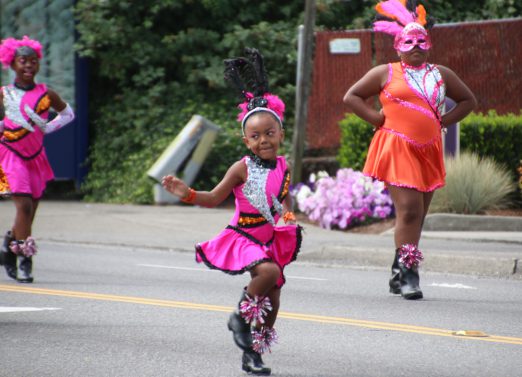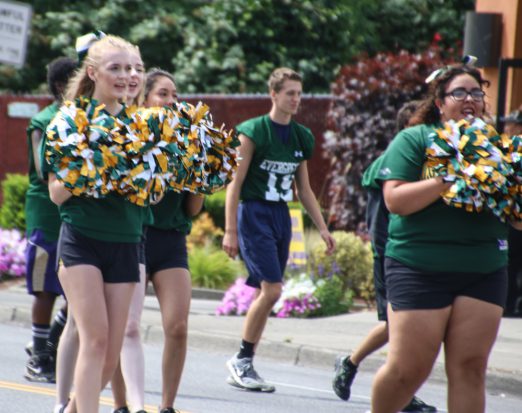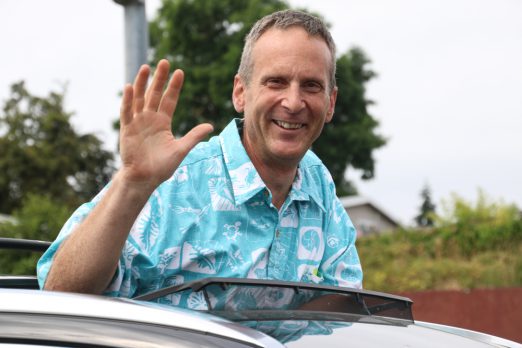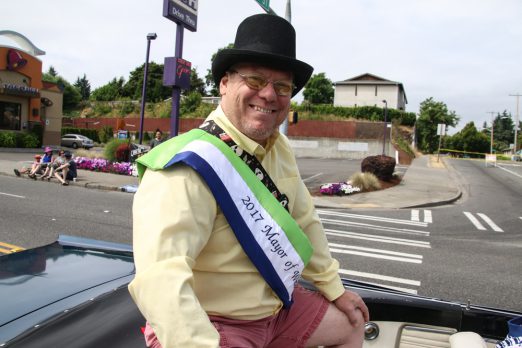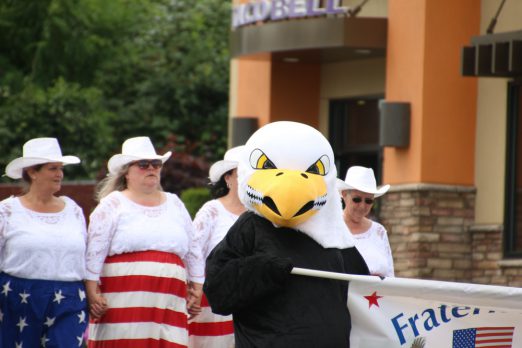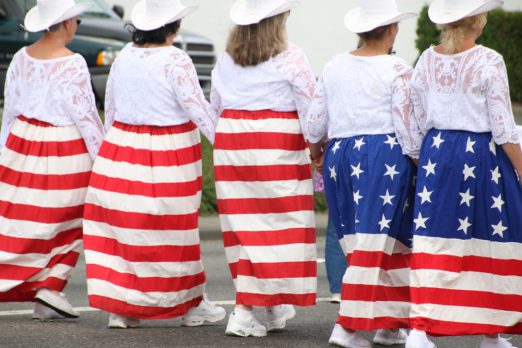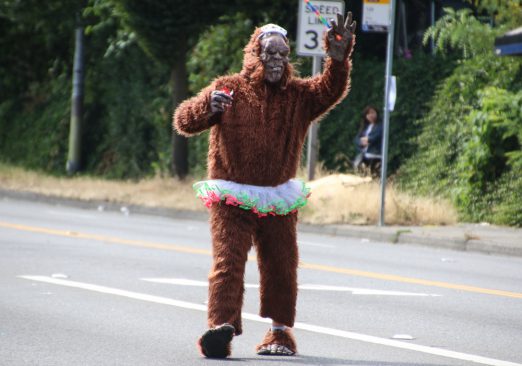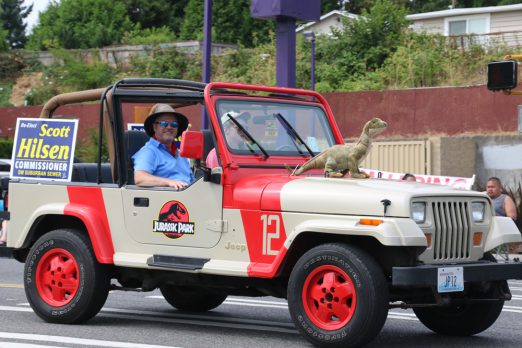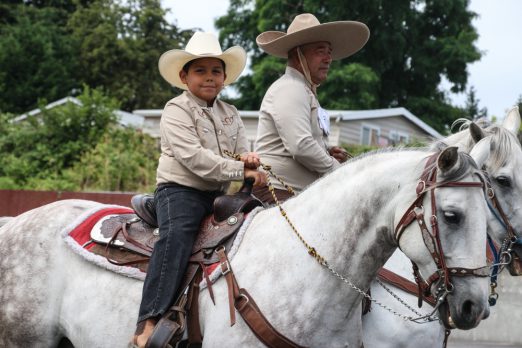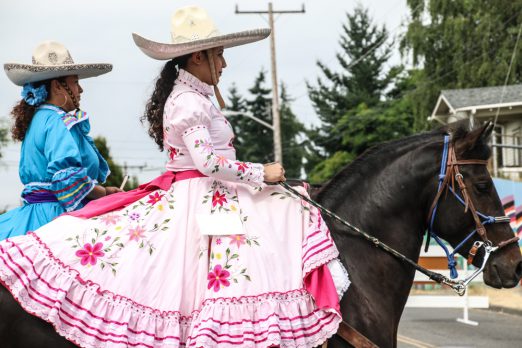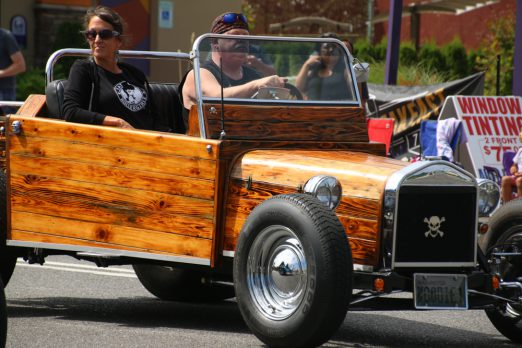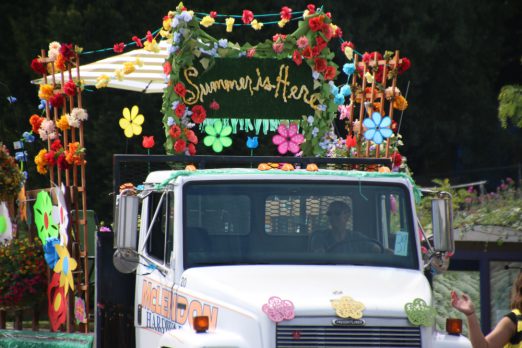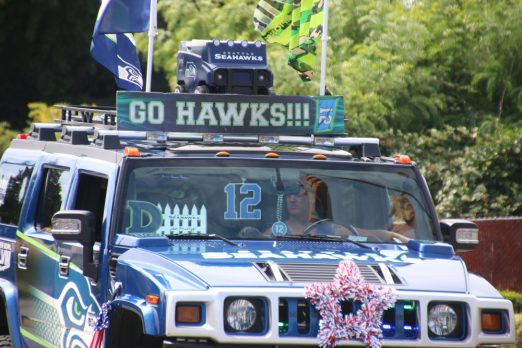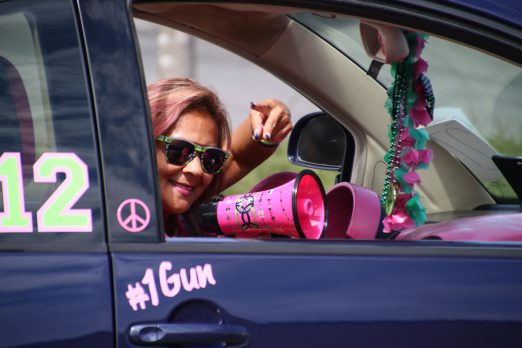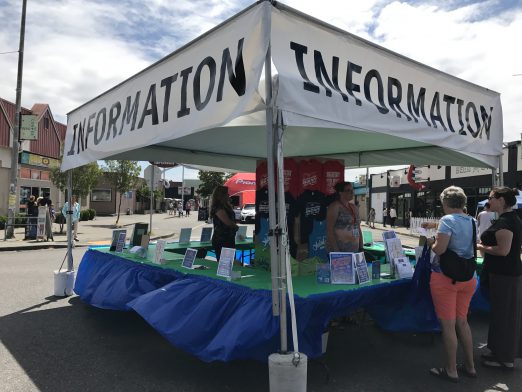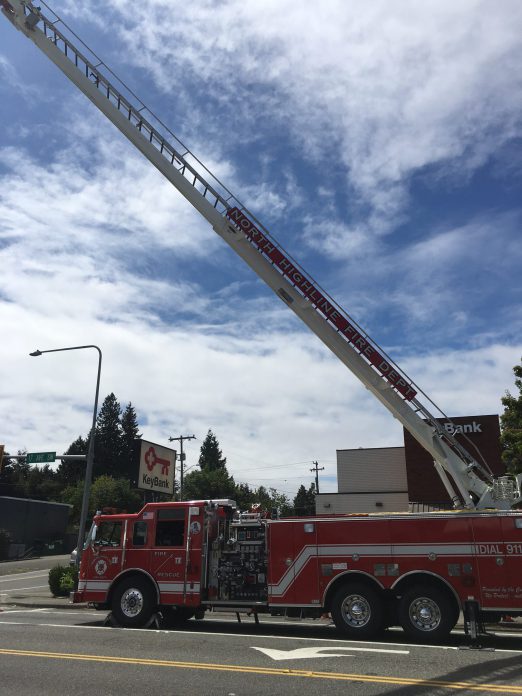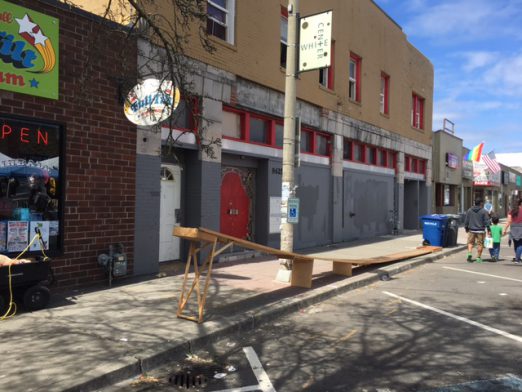Just announced – happening in White Center next Saturday:
Furry Faces Foundation and Cascade Heights Veterinary Center announce our First-Ever ‘Mutts ‘n Martinis… a yappy hour’.
Get your cocktail attitude on and bring your dog! Guest bartenders from Whisky West and The Lumber Yard Bar, each featuring their signature drink; Gourmet Sausages, including Vegan, plus salads and sides; doggie pools; a dog ruff-le; games for humans; silent auction; dog costume contest, and more. You don’t have to bring a dog to attend…you just need to love dogs like we do.
Location: Cascade Heights Veterinary Center, 9832 15th Ave SW
(Enter the event from 14th Avenue)Date: Saturday, August 26th
Time: 4 pm – 7:30 pmSPECIAL GUESTS
-Cascade Heights Veterinary Center: Tour their clinic and learn about their high standards of loving care for your pets
-DJ RAY! Spinning you into a dog dance
-Ola Salon
-K9 Natural Pet Food: Learn about proper nutrition
-Full Tilt Ice Cream: Yummy samples
-The Escape Artist: For just $5, experience deciphering clues and escaping the red room
-Lika Love (mobile fashion van): Get ready to find the outfit of the yearDOG COSTUME COMPETITION
-Best Pool Party Attire: Get your skimpy suit on and remember the accessories
-Best Cocktail Ensemble: It is a cocktail Yappy Hour after all!PRE-PURCHASE TICKETS
TWO OPTIONS: Dog tickets = $5; Human tickets = $20*Human tickets include a yummy meal* and four $2 drink tickets. Dog Tickets include a ruff-le ticket and costume contest. (*Vegetarian and vegan options are included)
Get your human tickets online (here).
You can purchase dog tickets at the event for $5.

